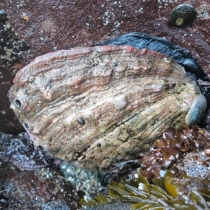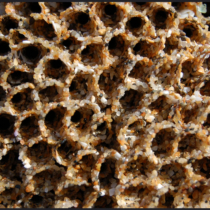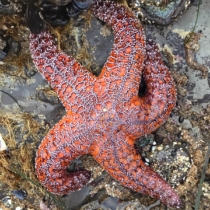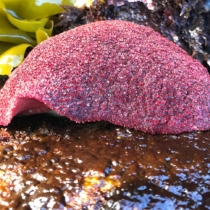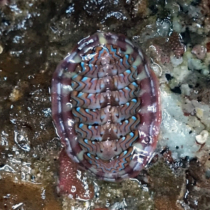By Sabine Bergmann | August 11, 2014
Presenting at the world’s largest geophysical sciences gathering has become a remarkable commonplace for high school students in a program called “LiMPETS” – Long-term Monitoring Program and Experiential Learning for Students – which was created in 2002 by the West Coast’s National Marine Sanctuaries as a way to harness the power of citizen science to monitor intertidal and sandy beach ecosystems.After 12 years of study the database contains more than 1,000 surveys with population figures for 34 different types of algae and invertebrates at 70 different monitoring sites. It has engaged more than 4,000 participants in the monitoring effort; 60 percent of them, like Rainsford, are in high school.
And it’s real data, says Dr. John Pearse, a professor emeritus of ecology and evolutionary biology at UC Santa Cruz and president of the Society for Integrative and Comparative Biology. The program has shown the destructive path of sea-star wasting disease and demonstrated positive effects of marine protected areas. Groups in Hawaii, Alaska and Peru have modeled initiatives after it.







